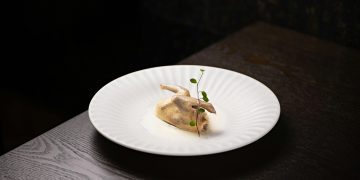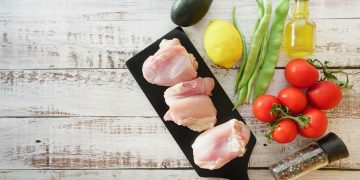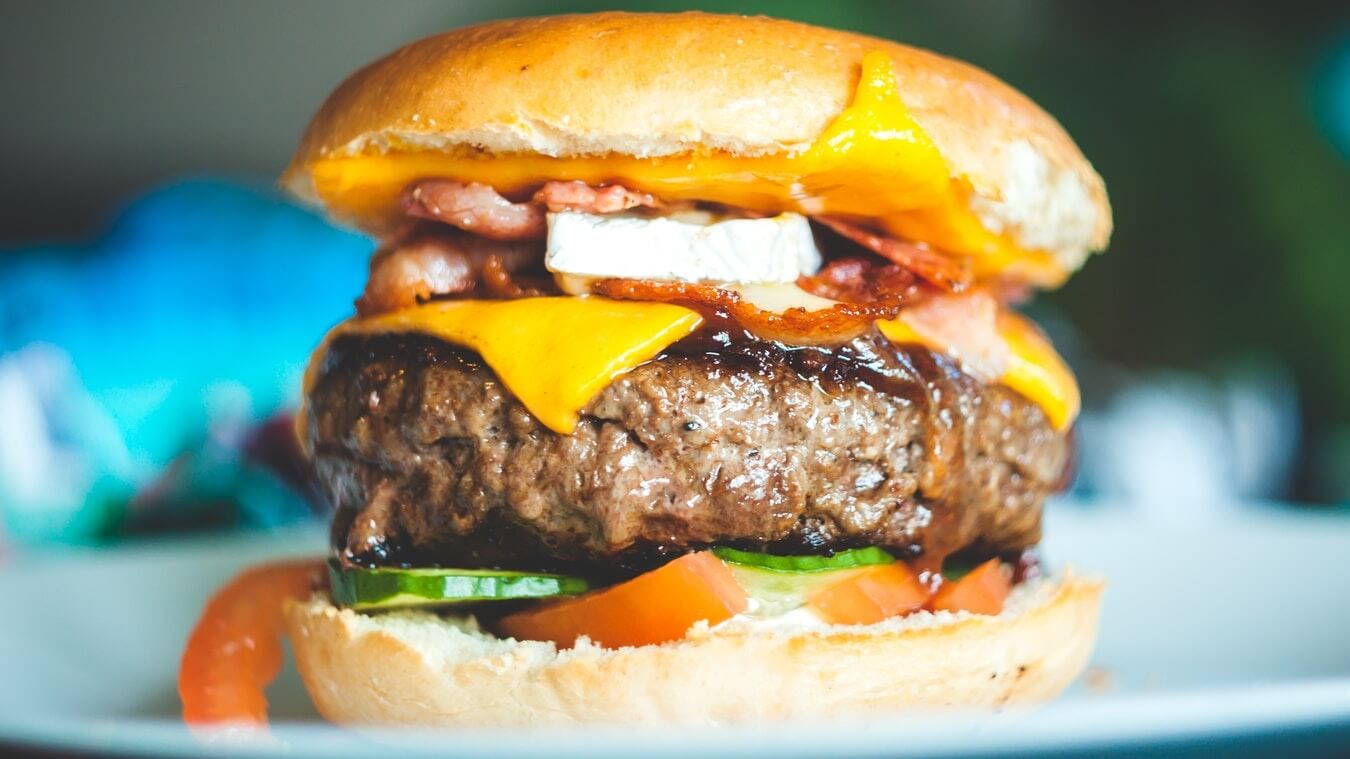An Ontario research team has developed a new method for creating meat substitutes using corn protein with the same fibrous qualities as a steak or chicken breast. They are leveraging Canadian Light Source (CLS) technology and utilizing the abundant waste product, corn zein, for structure.
Sales of plant-based meat products are leveling off and consumers are demanding better texture and mouthfeel in alternative products as the plant-based space continues its evolution.
Most meat substitutes available today use texturized vegetable protein. These products are made by combining fine and coarse particles of texturized protein, then binding this with starches, gluten and other ingredients.

Replicating the texture qualities of real meat
Producing whole-muscle meat analogs can be challenging due to the difficulties in mimicking the structure and texture of a piece of beef or chicken. Additionally, this form of plant-based meat substitute often requires extensive processing and expensive equipment.
But, Canadian researchers from the University of Saskatchewan have now developed a new method for creating meat substitutes. However, it relies on the existing physical and molecular properties of specific plant proteins and their interactions with one another – rather than intensive processing.
“We were looking at the market, and we saw this opportunity to take a step back and use some fundamental ingredients such as protein and starch, to combine them and create a novel, whole meat-muscle analog,” says lead researcher Stacie Dobson, a Ph.D. student in the Department of Food Science at the University of Guelph.

** Click here to read the full-text **















